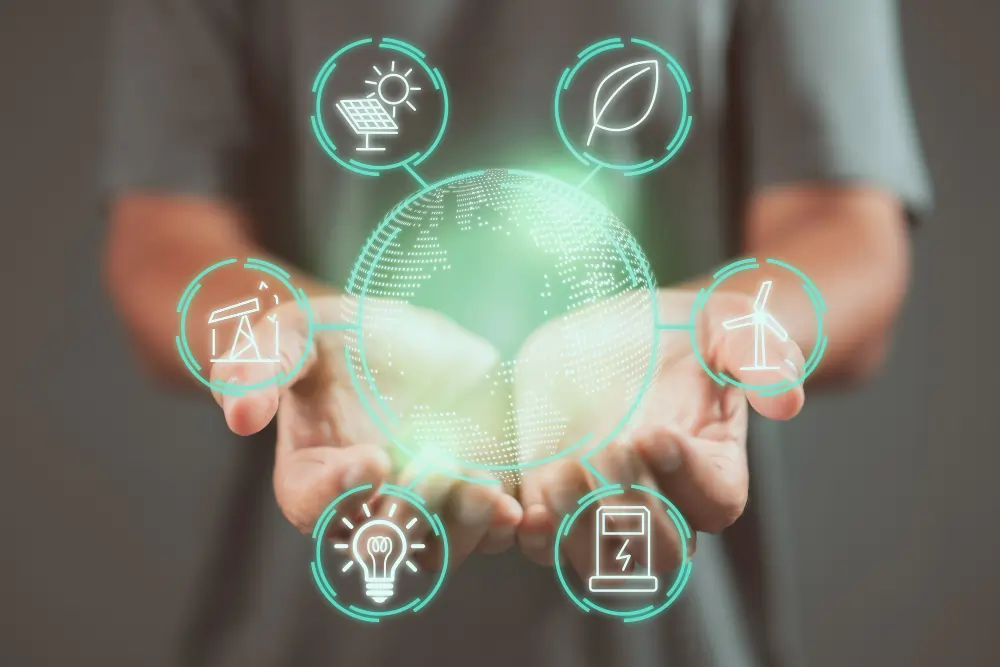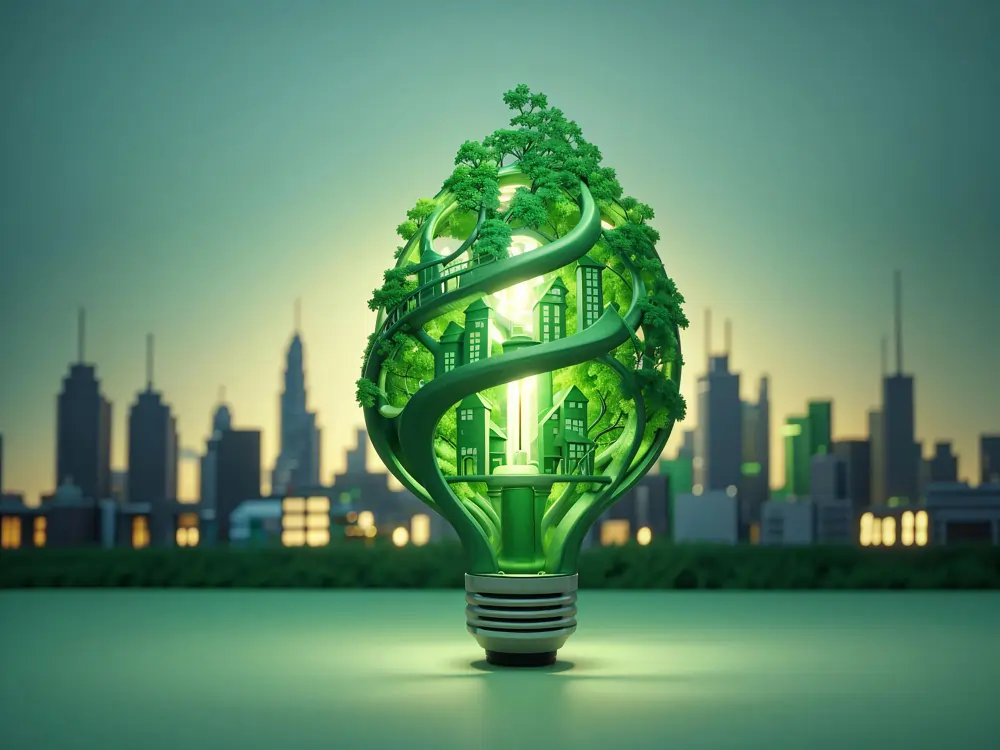Lorem ipsum adipiscing purus fermentum. Praesent vitae quam sed...


With 2025 fully in view, the energy sector is evolving rapidly, driven by rapid technological development and regulatory changes. Energy efficiency remains at the core of this transition to ensure carbon emissions are reduced, and resources are optimized. The following are ten key trends that will shape the future of energy efficiency.
Electrification is one of the most important energy efficiency trends 2025. It is gaining momentum in -
This can significantly reduce energy consumption. Technologies such as heat pumps and electric vehicles are becoming more popular. They are proving their efficiency compared to traditional systems that need fossil fuels. Besides helping to reduce the rate of greenhouse gas emissions, electrification also contributes to the overall efficiency of energy use by better utilising renewable energy sources.
Energy efficiency will be further improved with the integration of renewables like solar, wind, and hydropower energy. In 2025, these sustainable energy solutions will see a major stride in deployment. The industrial set can reduce its carbon emissions and decrease its use of fossil fuel resources by harnessing renewables.
Ambitious climate targets are set by governments and organizations in every region, placing renewable energy adoption at the forefront. Emphasis on renewables encourages sustainability while driving innovation in energy-efficient technologies and practices in different sectors.
Smart grid technology is changing the way energy is distributed and consumed. In 2025, smart grids will be more pervasive than ever, leveraging the following -
This digitalization allows for better demand response strategies that optimize energy consumption during peak times while reducing waste.
These grids are two-way platforms that enable utilities and consumers to communicate more clearly about energy usage. It also offers greater transparency and control over energy use. As smart grids continue to emerge, they will be instrumental in the march toward a more energy-efficient tomorrow by facilitating the integration of distributed energy resources and enabling informed decisions about energy consumption for consumers.
For complete optimization of energy performance, energy-saving technologies would be needed in all the sectors. LED lighting, smart thermostats, and IoT-enabled gadgets are among a multitude of devices that have become intrinsic parts of energy use optimization at homes and enterprises.
These technologies can achieve significant reductions in energy consumption without compromising performance quality. The increasing affordability and accessibility of these solutions will encourage widespread adoption, contributing to overall improvements in energy efficiency.
By 2025, we should expect more solid frameworks regarding carbon emission reduction and the improvement of building performances worldwide. As we can see, programs that give businesses incentives for energy-efficient practices will gain momentum as governments aim to reach climate targets.
The application of appliance standards, industrial process standards, and building codes will further drive the adoption of energy-efficient technologies across sectors. These policies support not only sustainability endeavors but also create economic opportunities through the creation of jobs in the green technology sector.
Energy storage technologies are very crucial in managing the intermittency from renewable sources such as solar and wind. In 2025, these will be achieved through innovations in battery storage systems, with lithium-ion batteries and emerging technologies such as sodium-ion batteries improving grid stability and enabling greater integration of renewables into the energy mix.
These will help make a steady supply of clean energy more viable and add to overall efficiency by allowing excess renewable generation to be stored for later use. As the storage solutions become more affordable and efficient, they will play a vital role in optimizing resource use within the grid.
As industries strive to meet certain sustainability goals, carbon capture technologies are gaining fast importance. This technology offers solutions for minimizing carbon emissions within power generation processes by capturing CO2 before it hits the atmosphere.
Carbon capture technologies are foreseen to undergo significant advances in 2025, further enhancing efficiency and cost-effectiveness. Carbon capture combined with the already existing infrastructure will greatly contribute to the overall efficiency of energy systems and mitigate environmental impacts.

Improving building performance is one area where significant gains in energy efficiency can be realized. Retrofitting buildings with the following can offer reduced energy consumption -
As buildings report such high numbers when it comes to usage of energy it will be really important to improve the performance of buildings. In future, a lot more focus will be given on building retrofits and new constructions in ways that are really sustainable.
These programs essentially offer financial benefits or lower rates to incentivize consumers to reduce usage during peak periods. The aim of demand response programs is to balance supply and demand in the grid structure to better use the resources.
Both consumers and businesses are likely to increase their participation in demand response initiatives as they become more aware of the benefits accruing from such initiatives. Demand response programs help improve grid stability while giving consumers full control over their energy use patterns.
It requires cooperation by governments and corporations to accelerate the pace of energy efficiency innovation. Research and development partnerships can accelerate the deployment of new technologies, as well as promote best practices across industries. In 2025, further collaborations could be oriented toward responding to sustainability and resource management challenges.
The global energy trends 2025 reflect holistic steps toward sustainable practice that integrate technology, policy support, and collaborative efforts across sectors. As stated above, with a focus on electrification, integration of renewables, smart grids, and other important areas, we can create a more efficient future that benefits both our economy and the environment.
Lorem ipsum adipiscing purus fermentum. Praesent vitae quam sed...
Lorem ipsum adipiscing purus fermentum. Praesent vitae quam sed...